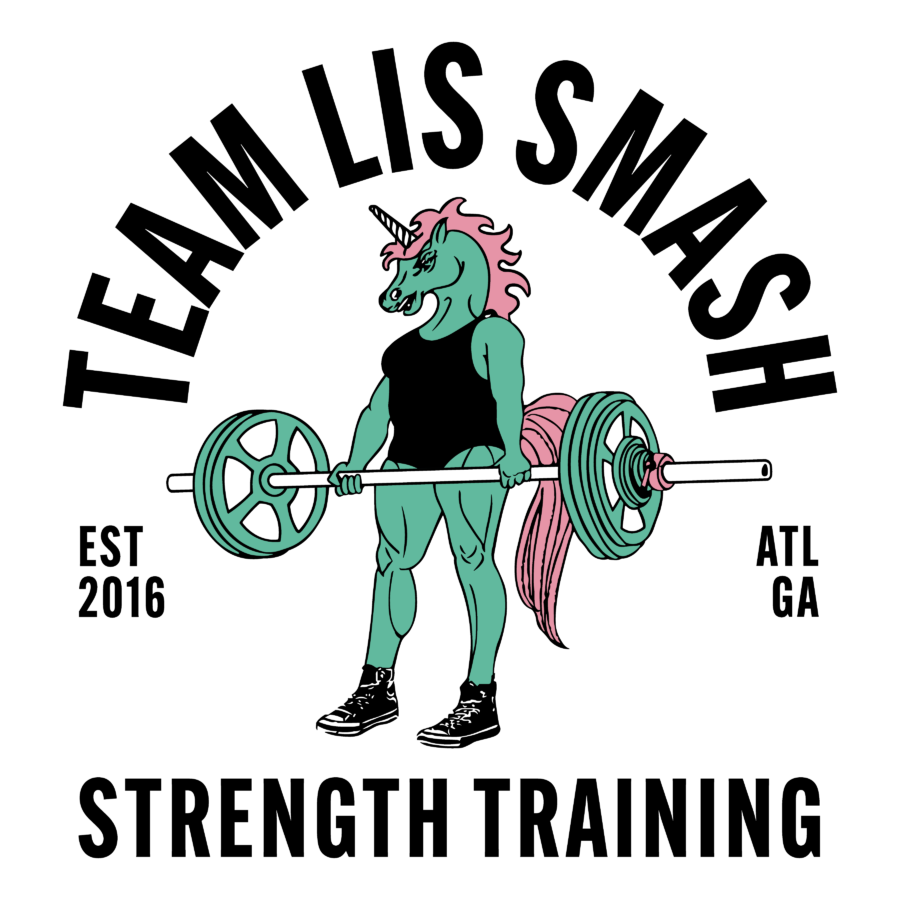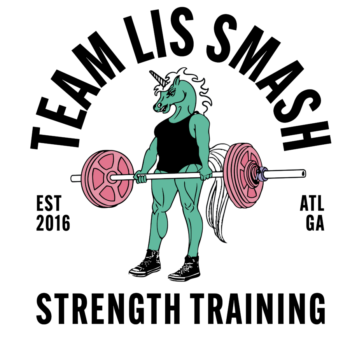The Hungry Lifter is guest blogging this week to share tips for success in the nutrition portion of the Whole Life Challenge:
I’ve experimented with a lot of different approaches to healthy eating to fuel my athletic performance over the past few years: Whole 30/paleo, modified paleo, keto, and most recently counting macros with the nutrition templates from Renaissance Periodization*. After a lot of trial and error, I’ve combined practices from paleo and the RP diet into an overall approach that works well for me. I feel good with my workouts and about my body composition.
There’s a lot to like about paleo and the Whole30. The emphasis on whole foods, as well as avoiding dairy and sugars, helped me change my palate and some bad habits. Avoiding sugar for a few weeks gave me the opportunity to do a re-set with sweets and desserts. After several weeks of avoiding baked goods, ice cream and chocolates, I’m now much more discerning about what treats I choose and how often. Most things taste too sweet now, and I can feel my blood sugar start to rise immediately after eating. Not fun. I try to hold out for desserts that I know will be exceptional and avoid anything that I know will be run of the mill. It’s so much easier to do this now that I had that reset.
I don’t tend to do well with restrictive elimination diets, though. I found Whole30 to be too strict. I frequently felt deprived or stressed if anything affected my routine and my meal plan. I found it much easier to avoid, say, baked goods or anything with wheat, but I had a much harder time eliminating all grains, including rice. My husband and I love Japanese, Chinese, Vietnamese and Thai cuisine, and eliminating rice meant basically eliminating the food we love to cook and eat. Plus, I am generally able to control myself when eating these foods – I won’t eat a whole container of rice, for example. I’m much more likely to binge eat cake, or cookies or brownies, so I felt like eliminating wheat was a much more important thing to focus on, while eliminating rice felt unnecessary and overly strict.
Another drawback for me was that strict paleo tends to be a high-fat, lower carb diet in practice. I appreciate the philosophy of trying not to be fat-phobic, and especially avoiding chemical fats like margarine. The thing to remember, though, is that fat has nine (9) calories per gram – it’s the most calorie-dense macronutrient. If you really lay on the fat – yes, your food will taste great – but you’re also adding a lot of calories to each dish. If you’re looking to change your body composition or specifically lose fat, adding in calories with those fats means you’ll need to make cuts elsewhere. I’ve learned that I’d rather have carbs than fats.
Because Whole30 eliminates all grains (including rice), starchy or high-carb root vegetables or fruits end up providing a lot of the carbs. Sweet potatoes and squashes aren’t my favorite foods – I prefer them in smaller quantities and not at every meal – not even one serving per day! As a result, I struggled with getting enough carbs from Whole30-approved sources. I felt very depleted during my workouts. At the time, I didn’t understand why, because in theory I was eating enough calories, but I later realized I wasn’t eating the right nutritional composition for my best performance. Some people can eat a lot of fruit for their carbs, and if this works for you, great! I didn’t like the volume of fruits I had to eat to get the carbs I needed on a day to day basis, but your mileage may vary.
The RP diet – very similar to counting macros – has been most successful for me. I learned a lot of tips and practices that have helped me sustain this way of eating since April of last year – almost eight months!
I love the emphasis on veggies. RP calls for at least one cup of veggies – sometimes two or three, depending on your specific plan – with each meal. This has made a huge difference for me. I now plan my meal around my veggies, which leads to creativity. I’m also just eating a much larger quantity of (mostly green) veggies, even in comparison to paleo.
I can eat rice (I measure out my exact serving), which makes me feel full and happy.
Because my plan calls for moderate carbs, I get to eat (or drink) dedicated workout carbs. I also find this works really well – I feel good during and after my workout and I don’t feel like I’m derailing from my plan.
In contrast to paleo, I’m eating much less fat on RP. I’ve cut oils down and am not using bacon fat for everything. Bacon is delicious, but I don’t need it in every meal. Reducing my consumption of cheese, in particular, has made me feel better overall, and when I choose to indulge in high quality cheese I really enjoy it.
One drawback: a lot of folks on RP and similar diets have no hesitations in eating artificial sweeteners and take a better-living-through-chemistry approach. I say different strokes for different folks, but my experience with paleo has definitely helped me stay focused on eating healthy, fresh foods while on the RP program. I leaned on some low-fat dairy products while I was just starting out on the plan, but I don’t need these foods now, and feel better about choosing to eliminate dairy entirely during the Whole Life Challenge.
I suggest thinking about what kinds of foods really bring you pleasure and make you feel full and satisfied, and plan accordingly. Or, if you’re not sure, test different approaches out and record how you feel after eating, how your workouts are going, and whether you’re having strong cravings.
If you’re testing things out and you end up in a situation where you feel very weak or shaky for a workout, don’t beat yourself up about needing to eat something off-plan to recover. You’ve learned a valuable lesson and can make adjustments moving forward. That said, I also recommend making a good faith effort to follow the Challenge’s guidelines. It’s a great opportunity to reset your palate, your expectations, and your habits.
In participating in the Whole Life Challenge with Team Lis Smash, I plan to focus more on whole foods than I normally do on the RP plan while still using a general macro-based approach. For example, I’m going to eliminate dairy for the length of the program and avoid wheat and corn, though I’ll still have rice from time to time. I’m also going to avoid potatoes, both white and sweet. Finally, I am going to experiment with shifting some of my carbs to fruit on rest days to try and reduce the overall amount of rice I eat and try to break my habit of eating gummies and candies for my workout carbs.
Tomorrow I’ll share some specific tips to help make the Whole Life Challenge easier and smoother, especially for first timers.
About The Hungry Lifter: To help lead Team Lis Smash’s Whole Life Challenge team, we turned to one of our members who has a lot of experience eating clean. She also loves to cook and dine out with her husband. Come back tomorrow for more nutrition advice from our guest blogger, The Hungry Lifter.
Team Lis Smash kicks off the Whole Life Challenge this Saturday. It’s a 6-week lifestyle challenge when we’ll attempt to build better habits in the areas of nutrition, hydration, sleep, exercise, mobility & well-being. Wanna join Team Lis Smash for the Challenge?
Register here now!
Then plan on meeting us at CrossFit Downtown Atlanta this Saturday at 12n for our Kickoff Q+A and Prelims Workout.
*For $10 off any Renaissance Periodization product, use code LIS10.*





